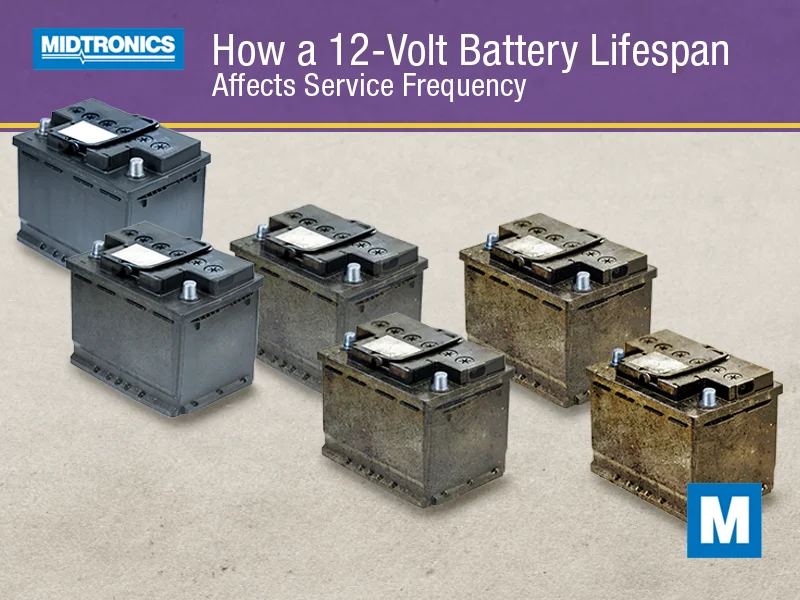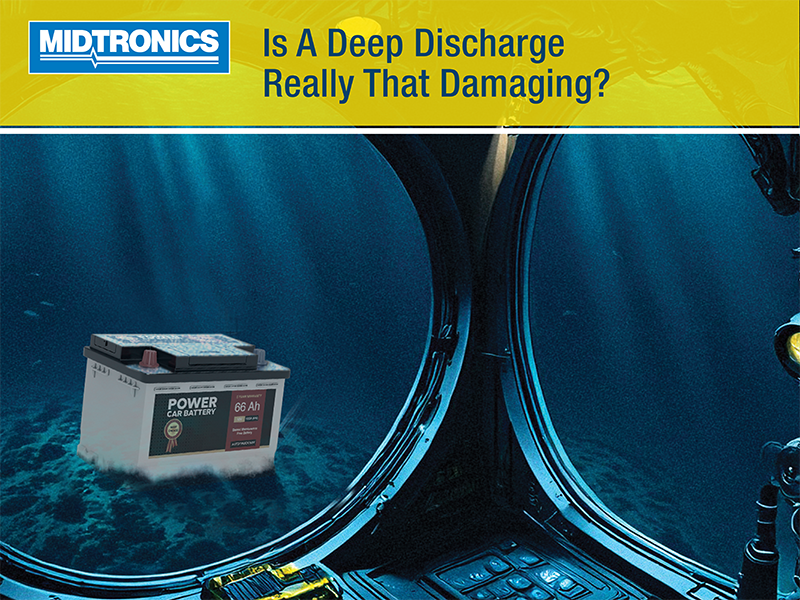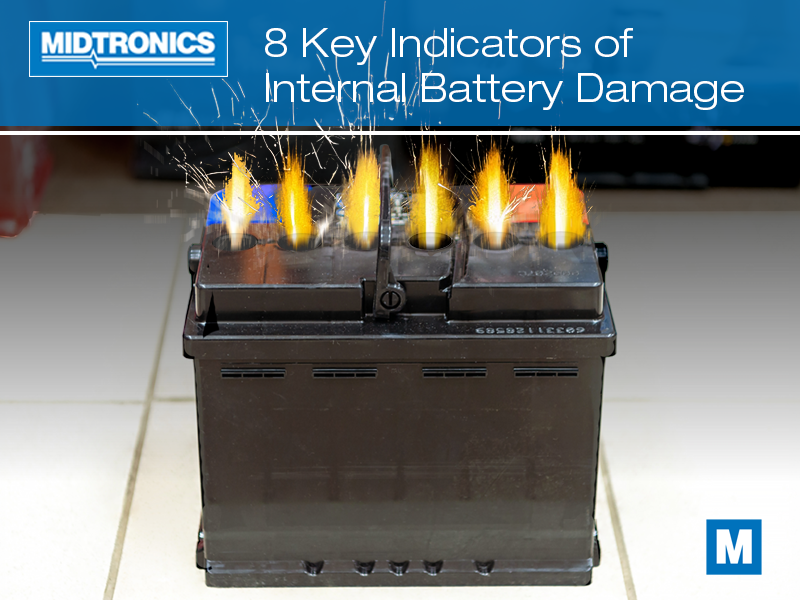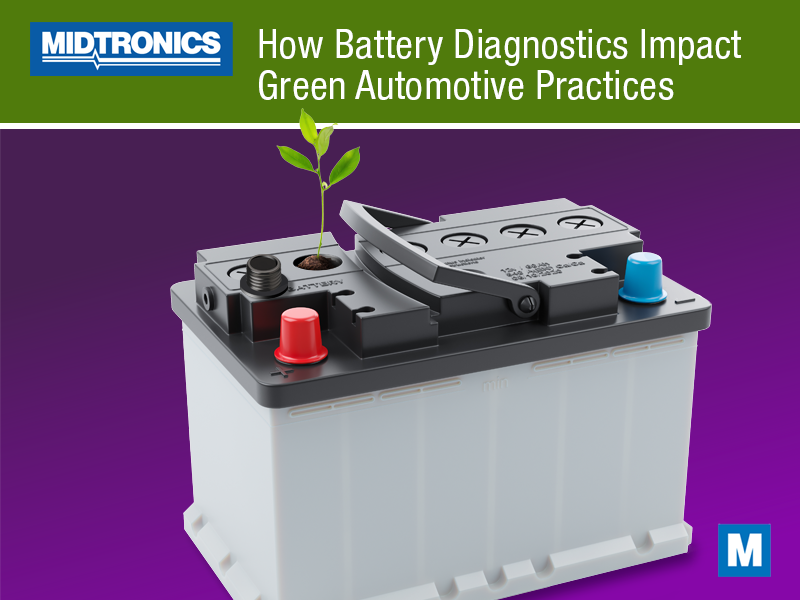Automotive dealerships and independent shops alike focus on repeat business to keep their technicians busy. Acquiring new customers is expensive, and developing trust with a new client takes time before it reaches the same level of profitability as a long-term customer. So, the goal is to keep your customers coming back to your shop regularly, but there’s a fine line between coming back too often and not often enough.
One factor for how often a vehicle should return for service is the 12-volt battery. Every vehicle with an internal combustion engine has one, and the same is true even for EVs. It’s an item that’s been neglected in service maintenance guides, it seems, with little to no guidelines on testing and replacement. But it can and does play a role in how often a vehicle owner will need to visit the shop in several ways. Here are ways the 12-volt battery lifespan affects the timing and frequency of a visit to the shop, and what can be done about it.
It’s Going to Die Eventually
For a vast majority of vehicle owners, the typical lifespan of three to five years for a flooded lead-acid battery becomes a reason to bring their vehicle to the service shop. Common symptoms like slow cranking, flickering lights, or a jump start every so often will spur them to take their car in and have the battery replaced.
Unfortunately, this reactive type of repair, where the customer waits for a problem before bringing the car in and addressing it, tends to be among the less profitable services, and it puts pressure on the shop too.
- First, the visit is going to be short notice, meaning the shop could lose out on the battery business if they aren’t able to accommodate the immediate appointment.
- Compounding it, they could lose out on all future business by that customer if they have to go elsewhere and the other shop satisfies them, earning them a new loyal customer.
- Battery sales tend to be highly competitive, and along with earning a thin margin on parts and labor, there’s unlikely to be additional repairs and maintenance done at the same time.
Still, if they’re a current customer, you can assume that somewhere in the vicinity of 36 to 60 months after a new car is purchased or a new battery is installed, they’re going to be due for another one.
Routine Maintenance Visits
Unfortunately, virtually all owner’s manuals and maintenance guides from the manufacturer don’t specify an interval to have the battery tested and serviced. One service manual sums it up to the vehicle owner with, “To avoid breakdown or failure to start the vehicle, maintain a battery with full cranking power.” It falls on the repair shop to establish a process that serves the customer well but doesn’t go overboard.
This is why multipoint inspections, or MPIs, are key for battery maintenance. A battery test and visual inspection can be done routinely, offering two or more opportunities per year for a shop to touch the customer’s battery. It’s highly unlikely that scheduling a visit for a battery test alone will resonate with vehicle owners at all, but when it’s incorporated into the MPI, you’re able to access the battery for proactive testing, maintenance, and replacement.
Use Battery Life to Retain Customers After Warranty
A 12-volt battery’s lifespan of three years coincides with when the new vehicle’s limited comprehensive warranty tends to expire. A battery replacement can often be one of the first out-of-pocket repairs a customer has after their factory warranty has expired, in fact. Knowing that the battery’s life tends to be roughly the same as the warranty expiration, there’s an opportunity for repair shops to have customers return either just before warranty expires or just after, capturing battery sales.
An inspection around the three-year mark can reveal batteries that may be functioning well enough in the moment but are weakening, and it affords the shop an opening to contact the car owner soon after for a return visit for a new battery.
Employ Battery Tests as the Reason for EV Visits
Electric vehicles are touted as a timesaver, requiring far less servicing than traditional ICE vehicles. But the 12-volt safety power capacity batteries that EVs contain will degrade also, and an average lifespan tends to be in the six to eight-year range. Being a much more expensive battery than the typical flooded lead-acid, EFB, or even AGM battery found in ICE vehicles, EV owners will want to avoid replacement as long as possible.
Even though the 12-volt batteries in EVs tend to be covered for up to three years, albeit prorated or subject to maintenance records, this extension doesn’t offer as much peace of mind as you might think. Offering complimentary 12-volt battery tests for your EV customers twice per year is a great way to maximize battery life and retain them for future visits with a high-value service at no cost.
Be Ready to Test and Service Batteries
Although 12-volt batteries do need to be routinely tested, cleaned, and inspected, there aren’t many circumstances where they’re going to garner enough attention to be the primary focus for service visits. That is, unless it’s for a dead battery that needs to be replaced. What that means for repair and service shops is that it’s imperative to make the most out of every visit that a customer makes when the battery ISN’T problematic.
Perform a visual inspection of the battery case and terminals on every visit, and recommend a battery cleaning if corrosion or acid is present. Test every battery on every vehicle that rolls through the service drive, advising on the battery’s health whether it’s weak, failing, or in great shape.
Ensure your shop is equipped with high-quality testers like the handheld MVT, powered by MDX-AI, that can often perform a test in under 60 seconds including a starting and charging system test.




